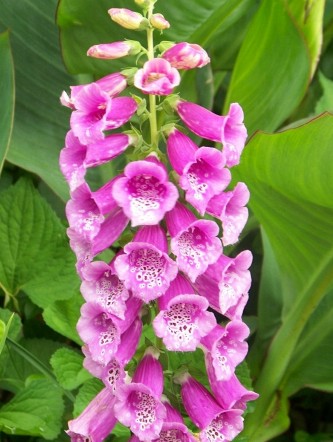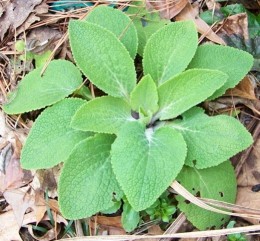|
Gardens Ablaze |
||
|
|
Foxglove |
Personalized Engraved Garden Stones Custom engraved stones and rocks at SerenityHealth. Many sizes and fonts to choose from. |
|
Additional Foxglove Information
Medicinal Uses Site Map
Home |
Easily grown from seed, Foxglove is a biennial that puts out a good-sized rosette-shaped clump of foliage the first year (see pictures below) and blooms in the second year. Flower colors include white, pink, red, lavender, purple, and yellow. Flower stalks are tall - up to 6 feet with some cultivars, and are covered with small individual flowers with burgundy or brown spots inside that bees, butterflies and hummingbirds find irresistible. In colder regions, Foxgloves can take more sun, but in hot areas, they can be planted in medium to full shade with spectacular results.
Soil preparation for Foxgloves consists
of adding organic matter to make a light, well-drained soil, and mulching
heavily after the plants emerge to keep the soil moist. Foxglove seed requires
light
Every part of the Foxglove plant is poisonous, so if you have inquisitive little kids or pets who are inclined to chew, this is not an appropriate plant for the garden, although there are very few reports of animals ingesting it, suggesting that they somehow "know" not to bother it. A photo of an early first year clump is to the right.
Custom Search
|
|
|
Gardens Ablaze |
||
 If
you have a shade or part shade situation that needs a bold, colorful, dramatic
focus, take a good look at Foxglove.
If
you have a shade or part shade situation that needs a bold, colorful, dramatic
focus, take a good look at Foxglove.
